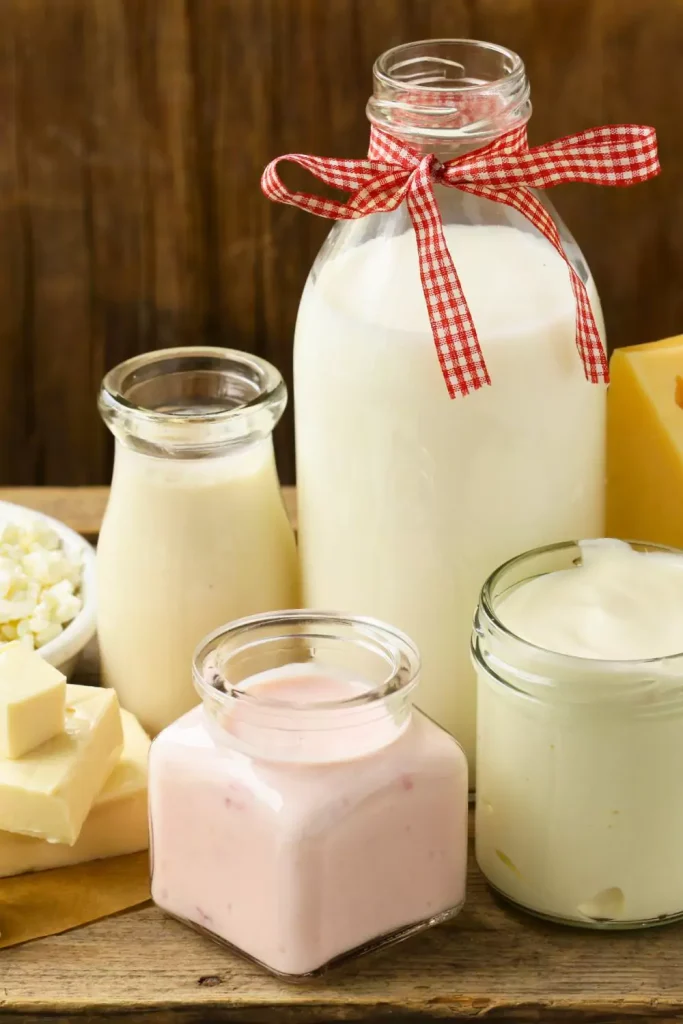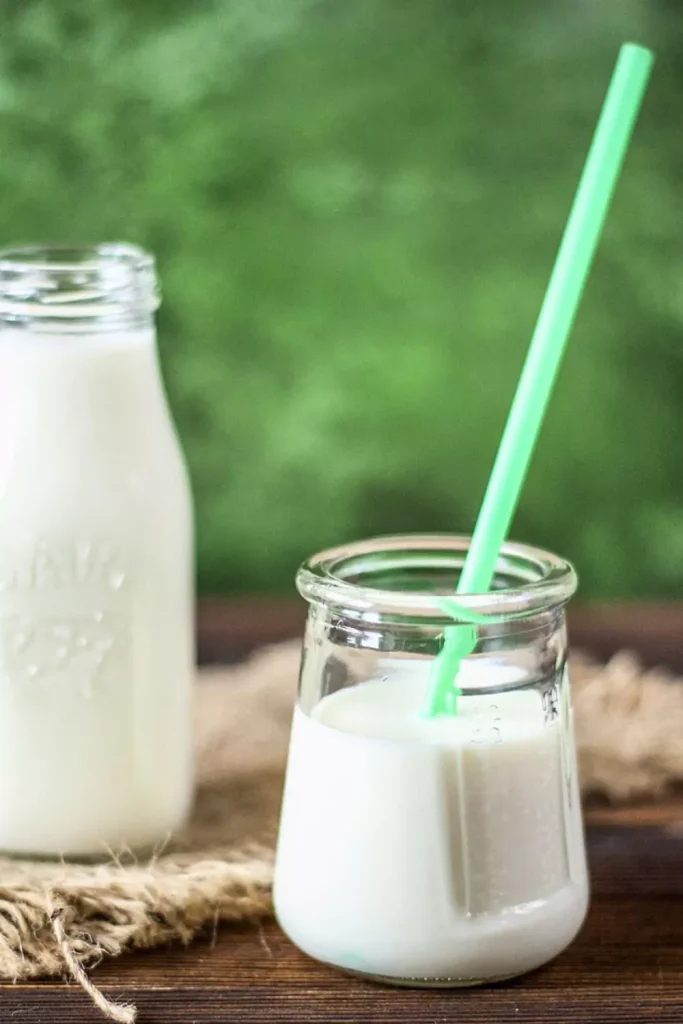Buttermilk might seem like an old-fashioned ingredient, but it’s a true kitchen powerhouse that can transform your cooking and baking.
From adding a delicious tang to pancakes and cakes to making fried chicken extra tender, buttermilk deserves a spot in every home cook’s toolkit.
But what if you don’t have it on hand? The good news: it’s incredibly easy to make at home using simple ingredients you already have.
Why Buttermilk Is a Kitchen Essential?
Buttermilk’s natural acidity makes it a must-have in recipes that call for a soft, moist crumb or tender texture. It also acts as a gentle tenderizer in marinades, making meats juicy and flavorful.
Some benefits of using buttermilk include:
- Giving baked goods a fluffy rise and pleasant tang
- Creating ultra-crispy coatings for fried foods
- Making creamy dressings and dips with a subtle tang
Common Recipes That Use Buttermilk
You’ll often find buttermilk in:
- Pancakes and waffles
- Biscuits and scones
- Cakes and muffins
- Fried chicken and other marinades
- Ranch and creamy salad dressings
What Is Buttermilk?
Originally, buttermilk was the liquid left behind after churning butter from cultured cream. It was slightly tangy and naturally fermented.

Nowadays, what we buy in stores is usually “cultured buttermilk,” made by adding bacteria cultures to low-fat milk to create that familiar tang and thickness.
Traditional vs. Cultured Buttermilk
- Traditional buttermilk: The byproduct of making butter, thinner, and less acidic.
- Cultured buttermilk: The most common type today, thicker, with a stronger tang — this is what most recipes refer to.
Ingredients Needed
The beauty of homemade buttermilk is its simplicity. You only need:
- Milk (whole milk works best, but low-fat is fine)
- Acid (lemon juice, white vinegar, or plain yogurt)
How to Make Buttermilk at Home (Step-by-Step)
Using Milk and Lemon Juice
- Measure 1 cup of milk.
- Add 1 tablespoon of freshly squeezed lemon juice.
- Stir well and let it sit for 5–10 minutes.
- Once it curdles slightly and thickens, it’s ready to use.
Using Milk and Vinegar
- Pour 1 cup of milk into a bowl.
- Add 1 tablespoon of white vinegar.
- Mix and let it rest for 5–10 minutes.
- It will look slightly separated and thicker.
Using Yogurt
- Mix ¾ cup of plain yogurt with ¼ cup of water or milk.
- Stir until smooth and slightly runny.
- Use immediately as a buttermilk substitute.

Tips for Best Results
Type of Milk to Use
Whole milk gives the richest flavor and creamier texture, but 2% or even skim milk will work if that’s what you have.
How Long to Let It Sit
Be patient and give it at least 5 minutes to curdle. A slightly longer wait (up to 10 minutes) ensures better thickening and a stronger acidic effect.
Storage and Shelf Life
How to Store Homemade Buttermilk
Store it in an airtight jar or container in the fridge.
How Long It Lasts
Homemade buttermilk can last up to one week in the refrigerator. Always give it a sniff before using; if it smells overly sour or unpleasant, it’s best to discard it.
Common Mistakes to Avoid
Using the Wrong Ratios
Make sure to use exactly 1 tablespoon of acid per cup of milk to achieve the proper acidity level.
Not Allowing Enough Time
Don’t rush the curdling process. Letting it sit ensures it develops the texture and flavor that make buttermilk so useful.
Conclusion
Making buttermilk at home is quick, simple, and can save a trip to the store — all while giving your recipes that perfect tang and tenderness.
Ready to give it a try? Once you’ve made your own, explore all the delicious ways to use it: fluffy pancakes, flaky biscuits, crispy fried chicken, and so much more.